According to two Vancouver construction industry leaders, wood has a promising future not only in the buildings where we live, but also where we work.
Architect John Hemsworth and engineer Robert Malczyk will discuss the challenges and opportunities of using engineered wood in the design and construction of industrial buildings in B.C.
"Making industrial buildings out of wood is practical and it’s also connected with local B.C. industry," said Hemsworth, who is a principal of Vancouver-based Hemsworth Architecture.
"It’s not revolutionary, but its impact will be significant."
Using engineered wood to construct industrial buildings is beneficial to the natural environment and to the people who work in them.
"The atmosphere in a wood building is better," Hemsworth said.
"And, they make for a better working environment."
There is a long history of wood construction in B.C., he said.
"The expertise is there, but it’s been forgotten," Hemsworth said.
"We’re breathing new life into old ideas."
Malczyk, who is principal of Equilibrium Consulting Inc. in Vancouver, said now is a good time to be promoting the use of engineered wood in industrial buildings.
"There’s strong government support and there’s growing interest in using wood in the construction of tall buildings," he said.
"In addition, wood is hip now."
Like many aspects of contemporary life that are considered hip, there is in fact nothing new about using wood to construct industrial buildings in B.C.
"For example, all the industrial buildings on Granville Island are made of wood," Malczyk said.
"That’s because when they were constructed, the builders couldn’t afford to use steel."
Today, engineered wood has been used to construct buildings up to 14 storeys tall.
Malczyk said there are a number of solid-mass wood materials that are manufactured in B.C.
"We have a good choice now," he said.
"For example, there is cross laminated timber manufactured by StructurLam, TimberStrand and Brisco slabs, beams and columns."
Malczyk said that because engineered wood has only one-sixth the weight of concrete, buildings constructed from it are seismically efficient.
In addition to their light weight, engineered wood products have other features that make them suitable for industrial buildings.
Examples are new wood connection systems, such as self-tapping screws, and completely concealed beam hangers.
Malczyk has been using engineered wood for about 25 years.
"Engineered wood has been widely used in Europe since about 1980 because the new materials were available there sooner," he said. "But in Canada, it has been used for only the last 15 or 20 years."
Canada is catching up to Europe now, however, and it is about 10 years ahead of the U.S. in its use of engineered wood.
"Canada, especially B.C., is becoming a world leader in its use of engineered wood," Malczyk said.
"One of the reasons for that is the provincial government’s Wood First Initiative."
He said there is some resistance to using wood from small contractors who are not familiar with the use of engineered wood products.
"It’s still more expensive in many applications to use wood," he said.
"And, there’s the incorrect perception that it’s more inflammable than steel and concrete."
Malczyk and Hemsworth recently won the Canadian Wood Council’s North American Wood Design Award for Merit for their work on the B.C. Passive House Plant in Pemberton.
An all-wood demonstration project, Passive House’s main structure is Douglas Fir glulam post and beam, with solid wood cross-laminated timber panel walls, all manufactured in British Columbia.
Using this prefabricated format, the building’s superstructure went up in just eight days.
The plant will use B.C. Passive House’s eco-friendly technology to build prefabricated homes.
The company is run by CEO Matheo Dürfeld, the man who built the Austria PassivHaus in Whistler during the 2010 Winter Olympics.
The Role of Engineered Wood Products in the Design and Construction of Industrial Buildings starts at 8 a.m. on Wednesday, Feb. 25 at Buildex Vancouver.
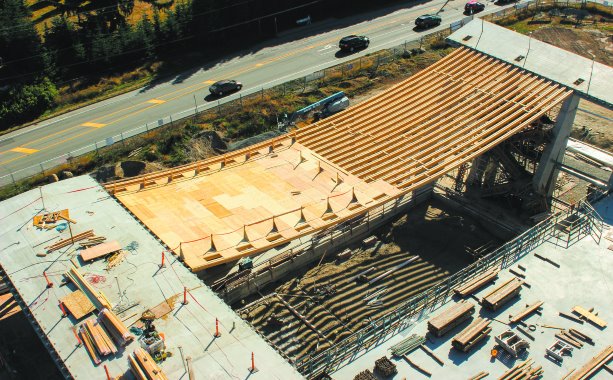
1/2
Glulam beams were installed as part of the roof for the new aquatic center in Surrey, B.C.
Photo: Seagate Structures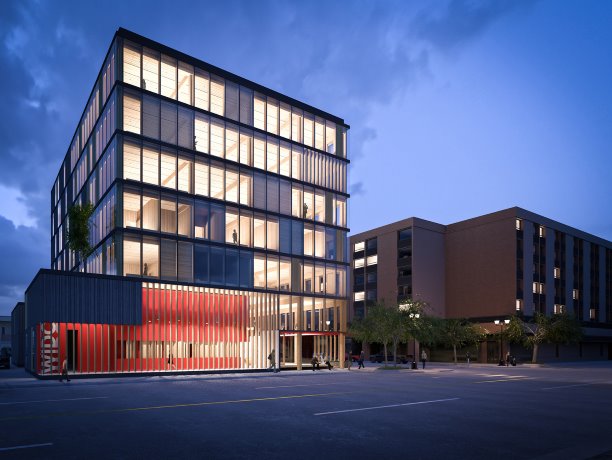
2/2
The Wood Innovation and Design Centre in Prince George


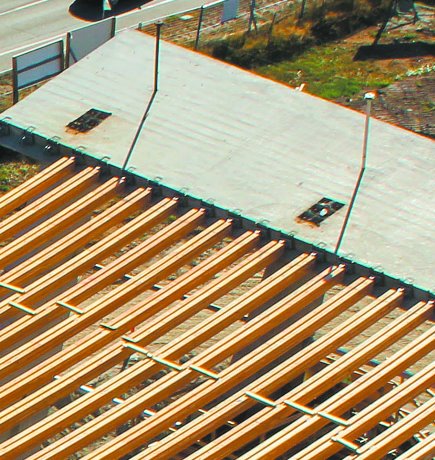
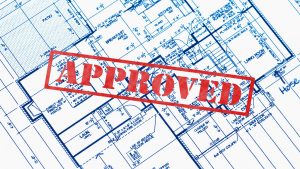


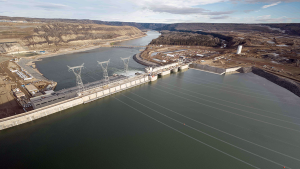
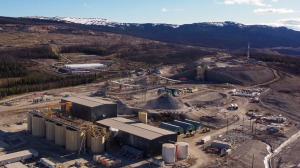



Recent Comments
comments for this post are closed